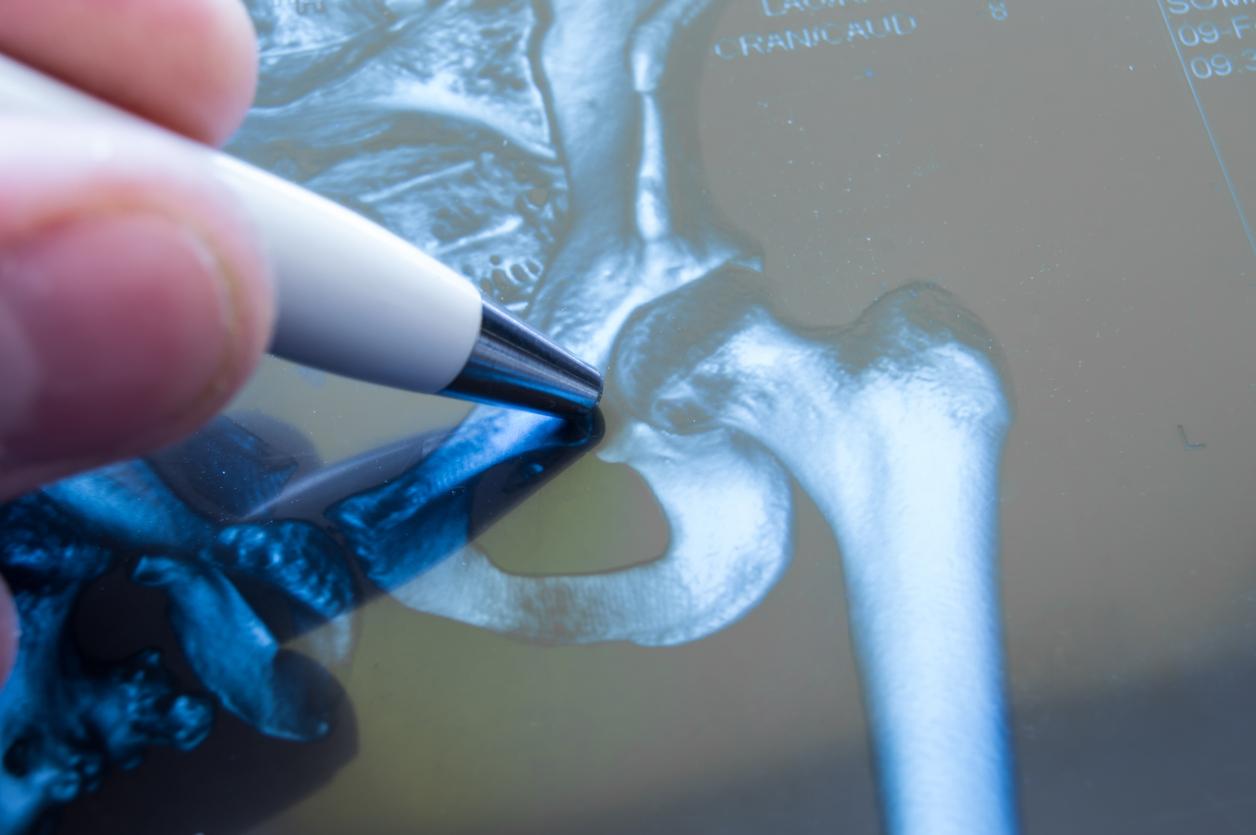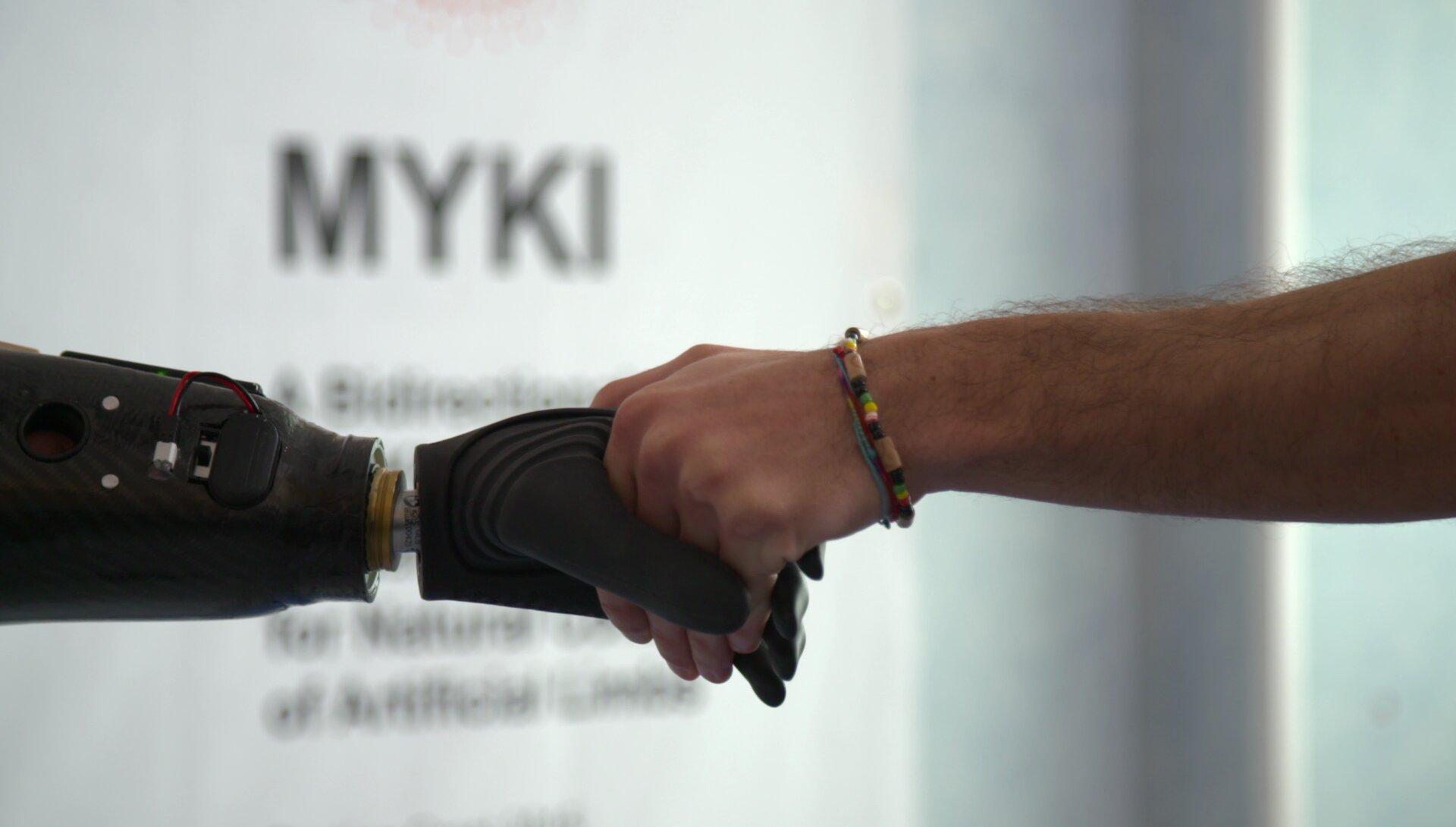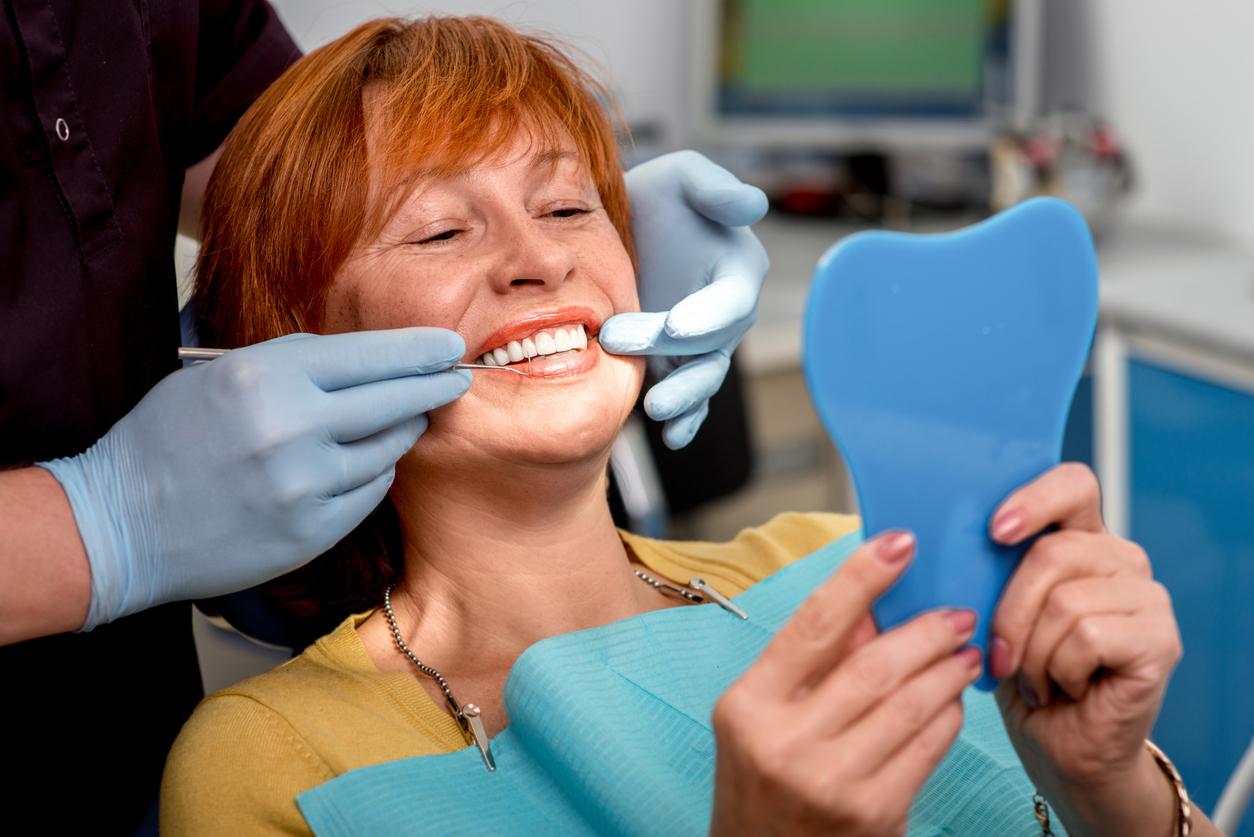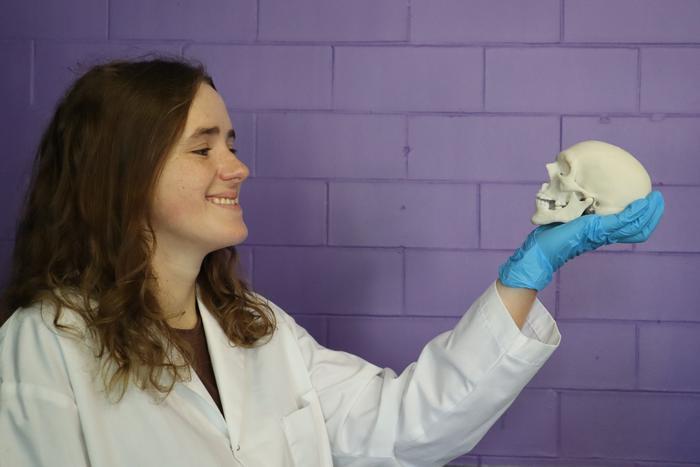The modeling of hip prostheses makes it possible to predict their lifespan and to design new, more robust prostheses.
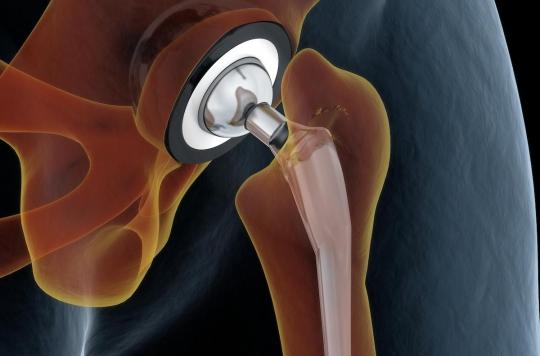
- Currently, the lifespan of a prosthesis is estimated at around 15 years.
- The new study incorporates the four distinct modes of physics at play in hip motion, the first to consider all four simultaneously.
- New prostheses should use metal sockets rather than plastic which can crumble and spread throughout the body.
American engineers from Rice University have succeeded in modeling and predicting the lifespan of hip implants. To do this, they incorporated fluid dynamics and joint surface roughness, in addition to factors that clinicians typically use to predict how well implants will hold up to their expectations. The immediate objective of the research team is to design more robust prostheses.
A classic prosthesis, an estimated lifespan of 15 years
The engineers felt that the baselines used previously to determine the life expectancy of a hip prosthesis are limited since they are based solely on walking. “When we talk to surgeons, they tell us that many of their decisions are based on their wealth of experience.continues Nia Christian, author of the study which will appear in the March issue of the journal Bitrobiology. But some have expressed a wish for better diagnostic tools to predict the lifespan of an implant..” The new model developed by the researchers could not only better predict the lifespan of an implant but also help clinicians customize hip joints for patients based on gender, weight, age and variations of the gait.
The lifespan of a prosthesis is estimated at around 15 years. “Fifteen years seems like a long time to me, but if you need to put an artificial hip in a young, active person, you want it to last longer so they don’t have multiple surgeries.”, advanced the researcher. Physical simulators, currently used to predict the lifespan of prostheses, must run millions of cycles to determine points of wear and failure and can take months to show results. The model developed by the researchers simplifies the process by analyzing real motion capture data.
Debris from the prosthesis in the body
The new study incorporates the four distinct modes of physics at play in hip motion: contact mechanics, fluid dynamics, wear and particle dynamics. “No previous study has considered all four simultaneously”, according to the researchers. One problem that others have not considered, they note, is the change in composition of the lubricant between the bones. Natural joints contain synovial fluid, an extracellular fluid secreted by the synovial membrane, the connective tissue that lines the joint. When replacing a hip, the membrane is preserved and continues to express fluid. “In healthy natural joints, the fluid generates enough pressure that you don’t have contact, so we all walk without pain.said Fred Higgs of the Brown School of Engineering. But an artificial hip joint typically experiences partial contact, which wears down and increasingly deteriorates your implanted joint over time. We call this type of mixed lubrication by friction.”
This friction can lead to wear debris, especially from the plastic material, ultra-high molecular weight polyethylene, commonly used as a socket in artificial joints. These particles mix with the synovial fluid and can sometimes leak out of the joint. “Eventually, they can loosen the implant or cause surrounding tissue to break downcontinues Nia Christian. And they are often transported to other parts of the body, where they can cause osteolysis. There’s a lot of debate about where they go, but you want to avoid them irritating the rest of your body..”
According to the researchers, using metal sockets rather than plastic can be a solution. “There has been a strong push towards metal-on-metal hips because metal is durablejustified Nia Christian. But some of them cause metal shavings to break. As they build up over time, they appear to be far more damaging than polyethylene particles.”
.









